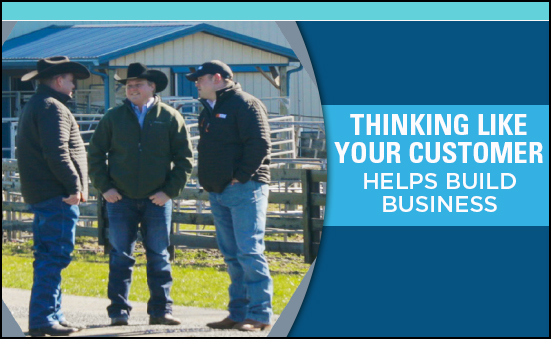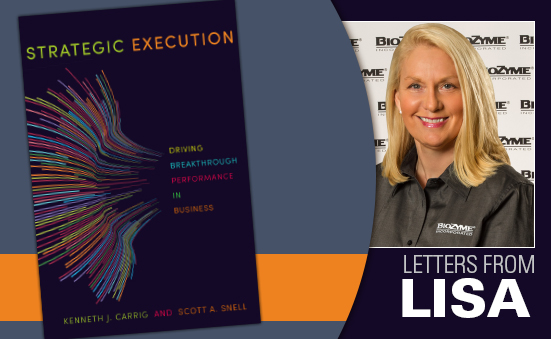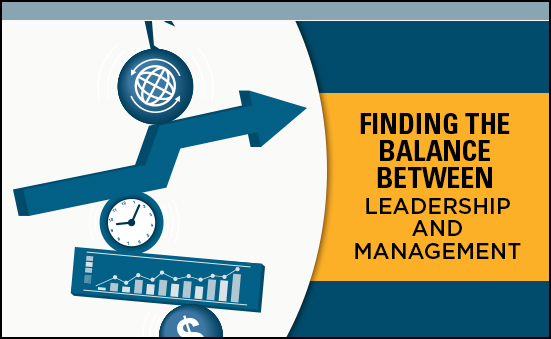As the year winds down and you’re examining those sales figures, trying to decide how to best get over the hump and build some new business to reach your goals, one thing should come to mind: treat your potential customers like you would want to be treated. In other words, gone are the days of the hard-sell, and here are the days of thinking like your customer would think to solve their challenges.
John Jeffrey, BioZyme® Area Sales Manager (ASM) for Oklahoma and Eastern Kansas, said there are three points to consider when talking to potential customers and trying to develop new accounts. Thinking like a customer is key so you know what his or her challenges are and how the products can help, but first, you must build a relationship with the potential customer.
Perhaps statesman Abraham Lincoln would have been a great sales trainer back in his day. He once said, “When I get ready to talk to people, I spend two thirds of the time thinking what they want to hear and one third thinking about what I want to say.”
Potential customers are just like you. They value their time, want to have a relationship built on trust and understanding, and appreciate the follow-up that isn’t too bothersome. Put yourself in their shoes to start developing business.
- Identify a need. Jeffrey said when a producer approaches him at a trade show, meeting or even calls him on the phone, the first thing he does is visit with the person to discover the gap in his or her program. This is the foundation for a relationship built on trust and further understanding their needs. Ask the questions: What are your goals? Are you meeting them? If not, what is missing? Discovering the challenge will help put you in that producer’s shoes and understand further what the frustrations are and what supplement can potentially fill the gap.
“You won’t get anywhere if you just start providing them with a lot of information. First, you’ve got to make them realize they have a challenge and that they need something to fix that challenge,” Jeffrey said. - Consider their time. Jeffrey reminds all salespeople, that nobody owes you time, so make the most of their time when you are visiting with potential and current customers. One way to make the most of your time and theirs is to leave your phone in the car. The one exception is if you are expecting a very important call, such as receiving word on a family emergency, and then, silence your phone and explain to your client before your meeting that the only way you will take a call is if it is of the upmost urgency and that you are expecting that type of call.
- Follow up. “Persistence pays, but don’t be annoying,” Jeffrey said.
He said he likes to follow up with potential customers, and though he doesn’t have a set schedule, he does like to be persistent and available to answer further questions, especially in today’s competitive mineral market. Once again, he puts himself in his customers’ shoes, and thinks about how often he’d want the follow up or how he’d want his questions answered and makes sure he is available to answer questions.
Perhaps statesman Abraham Lincoln would have been a great sales trainer back in his day. He once said, “When I get ready to talk to people, I spend two thirds of the time thinking what they want to hear and one third thinking about what I want to say.”
Potential customers are just like you. They value their time, want to have a relationship built on trust and understanding, and appreciate the follow-up that isn’t too bothersome. Put yourself in their shoes to start developing business.










